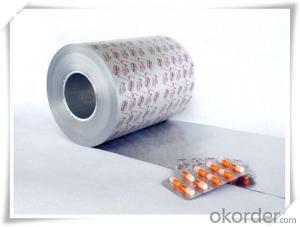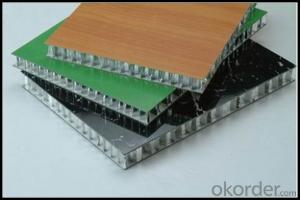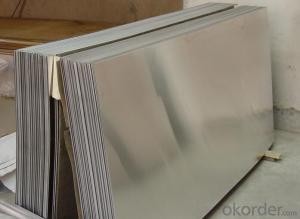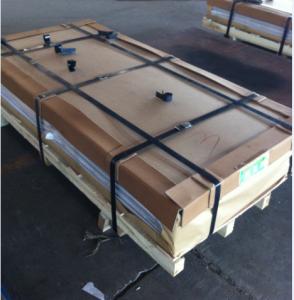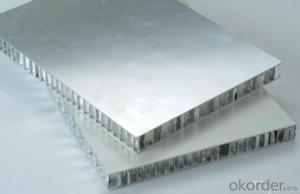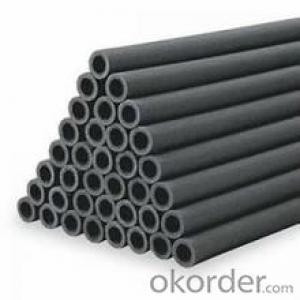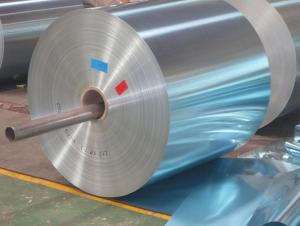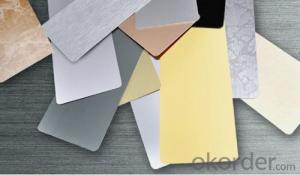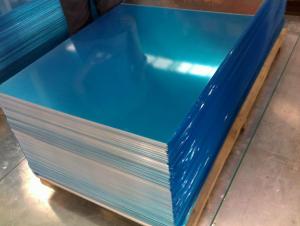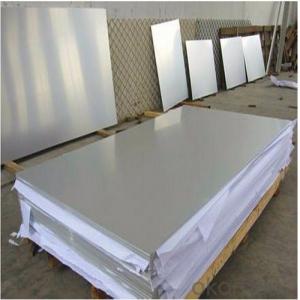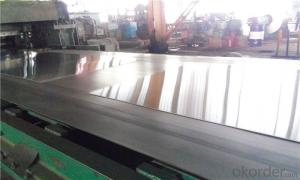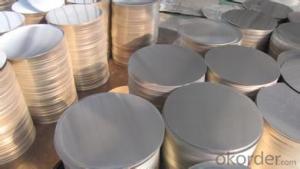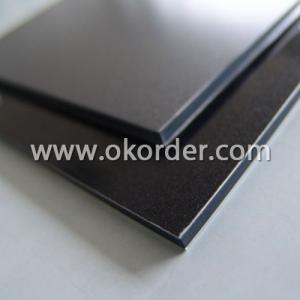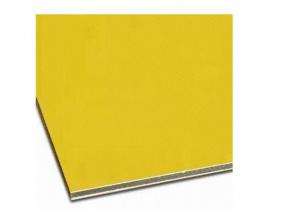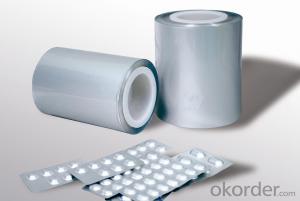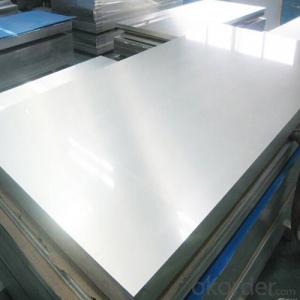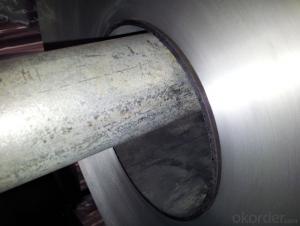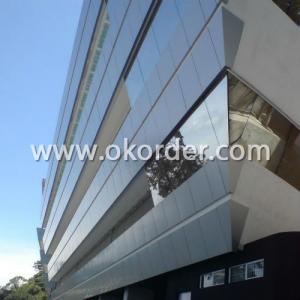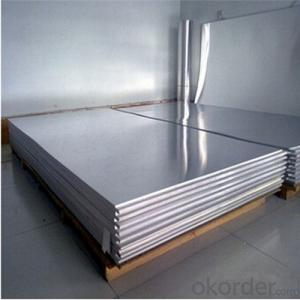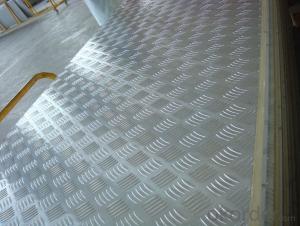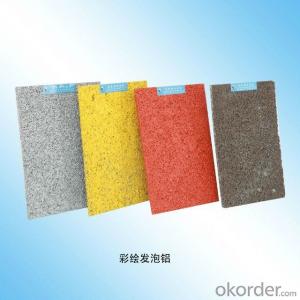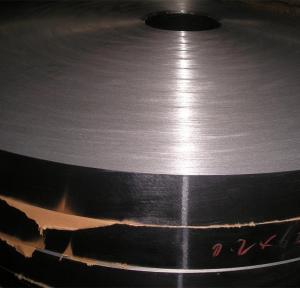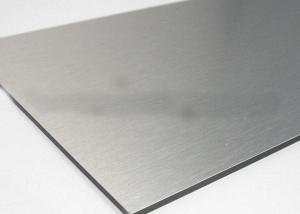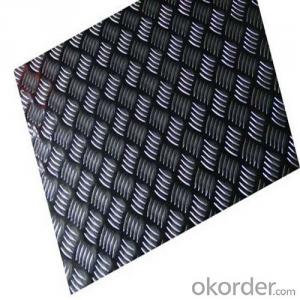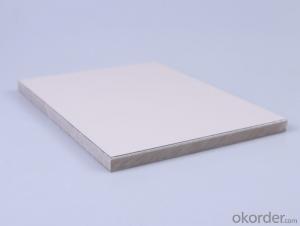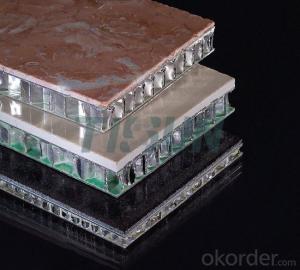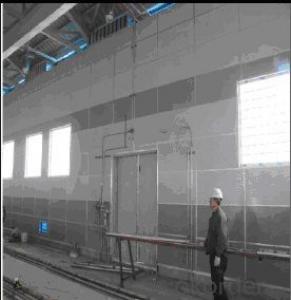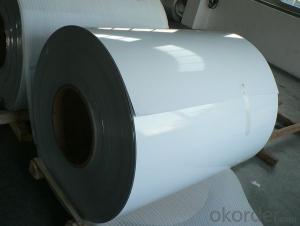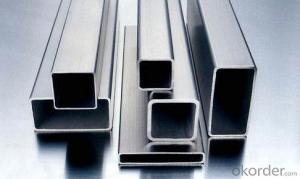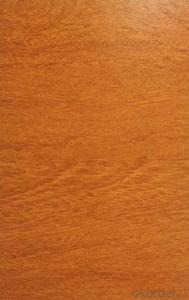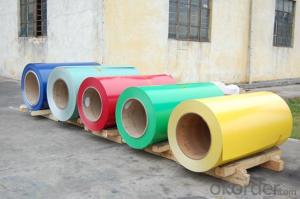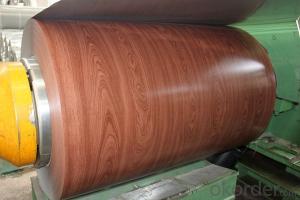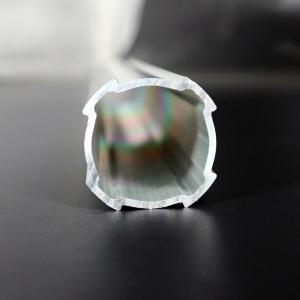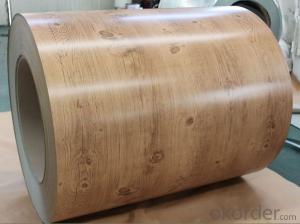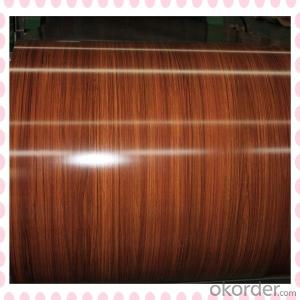Astm B209 Aluminum Plate
Astm B209 Aluminum Plate Related Searches
Astm Aluminum Plate 20mm Aluminum Plate Aluminum Wall Plate 2219 Aluminum Plate Aluminum Cooling Plate 10mm Aluminum Plate 9 Aluminum Pie Plate Aluminum Cast Plate Aluminum Base Plate Aluminum Pressure Plate Aluminum Metal Plate Aluminum Floor Plate Aluminum Plate Acoustic Barrier Aluminum Paper Plate Aluminum Motor Plate Arconic Aluminum Plate Aluminum Surface Plate Aluminum T Plate Aircraft Aluminum Plate Aluminum Mounting Plate Aluminum Gland Plate Aluminum Mold Plate Plasma Cut Aluminum Plate Aluminum Plenum Plate Aluminum Dimple Plate 1050 Aluminum Plate Aluminum Diffuser Plate 1060 Aluminum Plate Aluminum Build Plate Aluminum Oxide PlateAstm B209 Aluminum Plate Supplier & Manufacturer from China
Astm B209 Aluminum Plate is a type of aluminum alloy plate that is widely recognized for its excellent corrosion resistance, formability, and weldability. These plates are manufactured in various grades, such as 1100, 3003, 5052, and 6061, each offering unique properties suitable for different applications. The product is known for its versatility and is used in a broad range of industries, including construction, automotive, aerospace, and consumer goods.Astm B209 Aluminum Plate finds its application in numerous scenarios, from structural components and transportation vehicles to decorative items and packaging materials. Its lightweight nature and high strength-to-weight ratio make it an ideal choice for applications where weight reduction and durability are crucial. Additionally, the non-magnetic and non-sparking properties of these plates make them suitable for use in environments where safety is a priority, such as in the oil and gas industry or in electrical installations.
Okorder.com is a reputable wholesale supplier of Astm B209 Aluminum Plate, boasting a large inventory that caters to the diverse needs of clients across different sectors. With a commitment to quality and customer satisfaction, Okorder.com ensures that the plates are sourced from reliable manufacturers and are available at competitive prices. This makes them a preferred choice for businesses looking to procure high-quality aluminum plates for their projects and applications.
Hot Products
